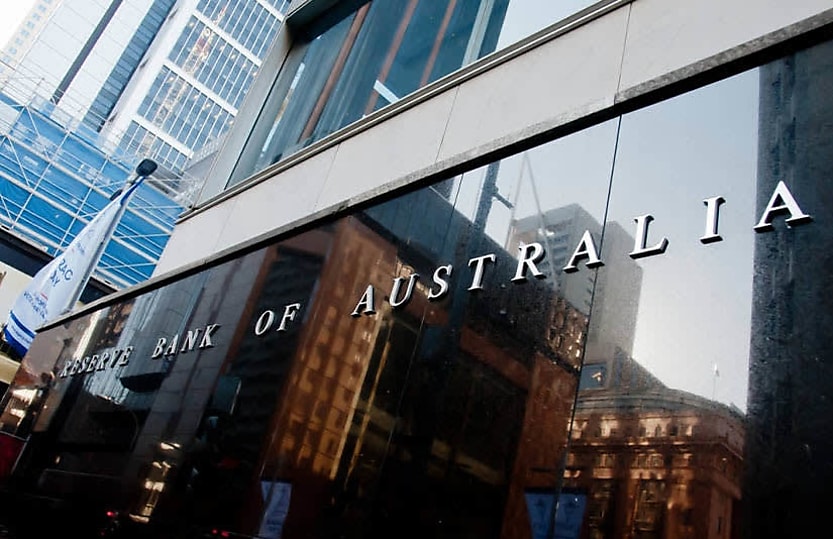RBA holds the cash rate steady at 4.35%

Below-trend growth and the impact of last month’s raise means steady as it goes.
The RBA has held rates steady at 4.35 per cent today on the view that inflation continues to moderate while the economy is experiencing below-trend growth.
It said “limited information” since its November decision to raise the rate was “broadly in line with expectations” with a slowdown in goods inflation and little data on price rises for services.
Another factor was an easing in the labour market.
“Wages growth is not expected to increase much further and remains consistent with the inflation target, provided productivity growth picks up,” the RBA said. “Conditions in the labour market also continued to ease gradually, although they remain tight.”
The bank has now moved only once in the past six months following a debut rise for incoming Governor Michele Bullock last month of 25 basis points, but the effects were being reflected in the economy it said.
“Higher interest rates are working to establish a more sustainable balance between aggregate supply and demand in the economy. The impact of the more recent rate rises, including last month's, will continue to flow through the economy. High inflation is weighing on people’s real incomes and household consumption growth is weak, as is dwelling investment.
“Holding the cash rate steady at this meeting will allow time to assess the impact of the increases in interest rates on demand, inflation and the labour market.”
However it pointed to “significant uncertainties” for the outlook including for the Chinese economy and the implications of the conflicts abroad.
“Domestically, there are uncertainties regarding the lags in the effect of monetary policy and how firms’ pricing decisions and wages will respond to the slower growth in the economy at a time when the labour market remains tight. “The outlook for household consumption also remains uncertain, with many households experiencing a painful squeeze on their finances, while some are benefiting from rising housing prices, substantial savings buffers and higher interest income.”
CreditorWatch chief economist Anneke Thompson said borrowers would have breathed a sigh of relief at the RBA decision.
“Stagnating retail sales, slowing inflation and a rising number of unemployed job hunters all combined to convince the RBA that current monetary policy settings are sufficient to slow the economy,” she said.
“The strength of retail sales over the Christmas period and the volume of summer holiday spending will help inform the RBA’s next move at the February 2024 meeting.
Most incoming data to CreditorWatch points to falling trade among smaller businesses, particularly average value of invoices, which are down an extraordinary 33 per cent year on year.”
Finance expert Rachel Wastell of finance comparison website Mozo said the factors behind rising prices had changed since the RBA began raising rates last year.
“We have now shifted from globally driven supply-led inflation to homegrown demand-led inflation, and despite the rising cost of living our economy is holding up strong,” she said.
“When looking overseas, cash rates in the US, NZ and the UK are all sitting at above 5 per cent, which means Australia’s cash rate is comparatively low.
“These factors, coupled with the pressure placed on the RBA from organisations like the IMF to keep rates ‘higher for longer’ could mean that there is another cash rate rise on the horizon.”
She said if quarterly inflation data due at the end of the January surprised on the upside, then the February 2024 RBA meeting “is likely to be a live one”.
This week’s ANZ-Indeed job ads monitor showed a decline of almost 17 per cent from their peak in November 2022 and the largest monthly drop since 2018, excluding the pandemic.
ANZ economist Madeline Dunk said the fall showed the RBA had increased the rates enough “to reduce the inflationary pressures coming from the labour market”.
“The decline in job opportunities highlights that the labour market is cooling and points to a further lift in the unemployment rate,” she said. “We expect the number of job ads to moderate as the impacts of this tightening cycle continue to show up in the labour market.”
About the author







